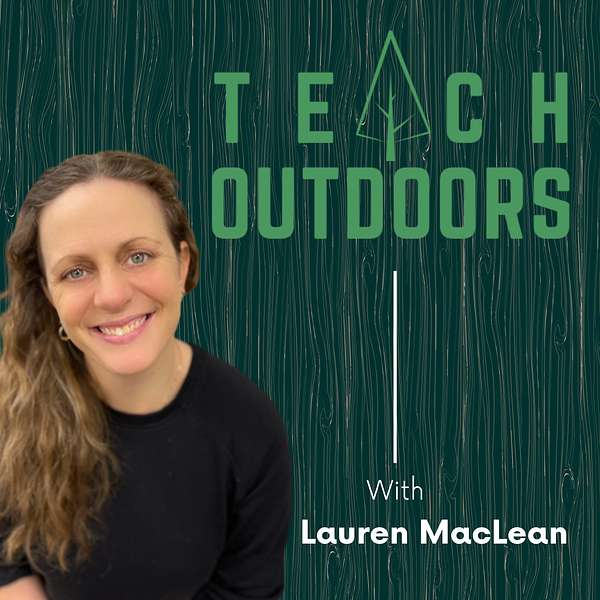
Teach Outdoors
Teach Outdoors
Core Competencies and Outdoor Learning with Kelly Shuto
Kelly Shuto is a K/1 teacher in the Surrey district as well as a k-2 math mentor. She has contributed to our BC curriculum resource site by sharing her in-depth documentation and examples of how the core competencies live in our classrooms. She is also a children’s book author! Her first book, one of my toddler’s favourites, is titled What Does it Mean to be Brave. You will often find her presenting workshops on how to use the core competencies to create a deeper sense of self in the primary grades.
Twitter: @keshuto
Instagram: kellyshutobooks and kellyshuto
This episode is sponsored by Wilderness Awareness School. They are committed to helping children and adults establish healthy relationships with nature, community, and self. They offer a variety of programs in the foothills of the Cascades, outside of Seattle.
Their 9-month immersion program is a transformative experience for adults, covering everything from self-discovery to survival skills. You can also learn to become a Coyote Mentor, their signature art of mentoring children in nature with their 9-month Nature Instructor Training.
Wilderness Awareness School also runs workshops and intensives, youth programs, and the Kamana Independent Naturalist Study Program. Learn more today at wildernessawareness.org.
Our British Columbia curriculum has a unique aspect to it. The core competencies are something we do not “assess” but we help guide students to develop them throughout the year. These include persona/social competencies, thinking competencies, and communication competencies. The Core Competencies don’t live on a piece of paper. They live within us. Kelly illustrates how we can use the outdoors as a place to help develop and support our core competencies.
Kelly also talks about a fascinating inquiry that her learners investigated this year - “How does the forest act like a family?” How are the trees and roots similar to our support systems that we have in our own families and communities?
Kelly is masterful when it comes to documenting student learning so our discussion naturally progressed to talking about how she captures magical moments when she’s outdoors with her learners.
Resources:
Can You Hear the Trees Talking by Peter Wohlleben
Suggested apps to use when documenting learning:
Clips
PicCollage
Shadow Puppets
Novelty Nature Note:
Kelly shared: How do trees fight? If 2 trees of the same species are beside each other, then the roots will join together and exclude the roots of other tree species growing around them.
Lauren shared: More than half the tree roots grow within the top 6 inches of the soil. That’s one of the reasons why tree roots grow out laterally so far.